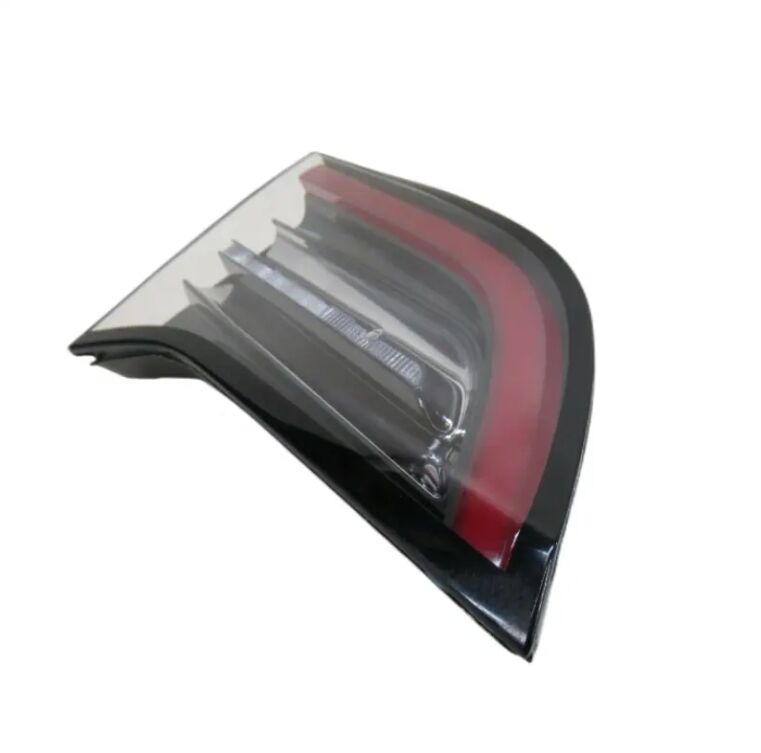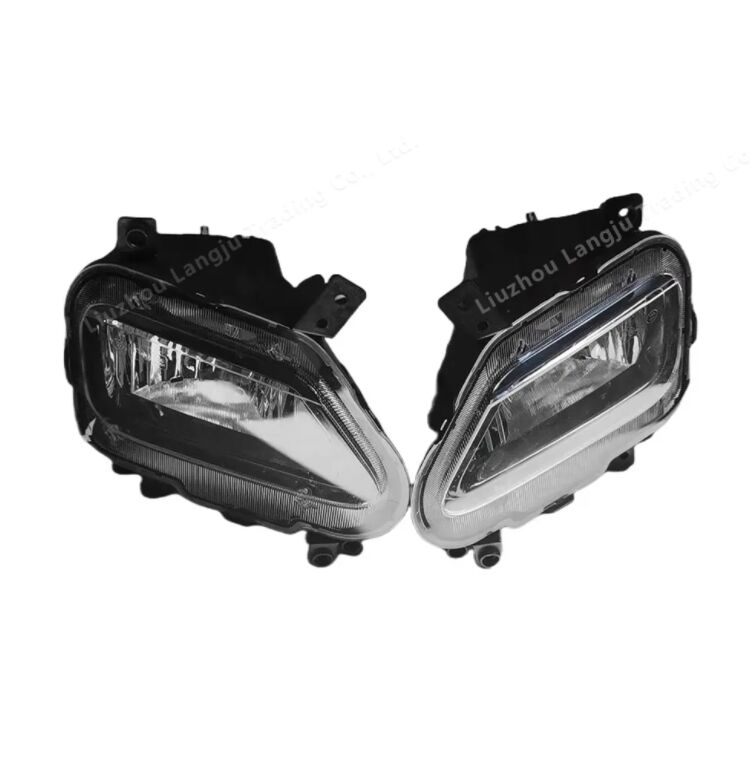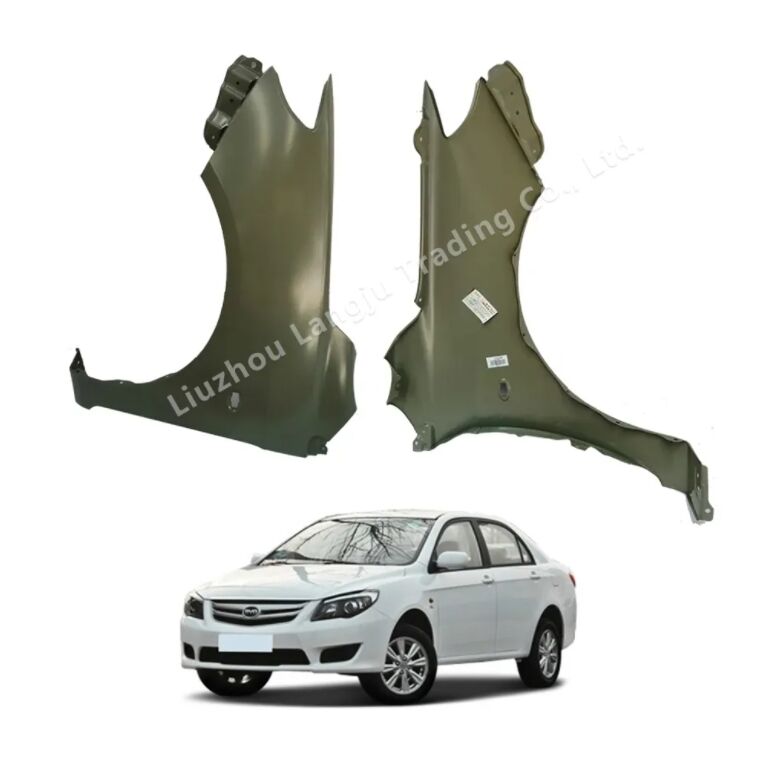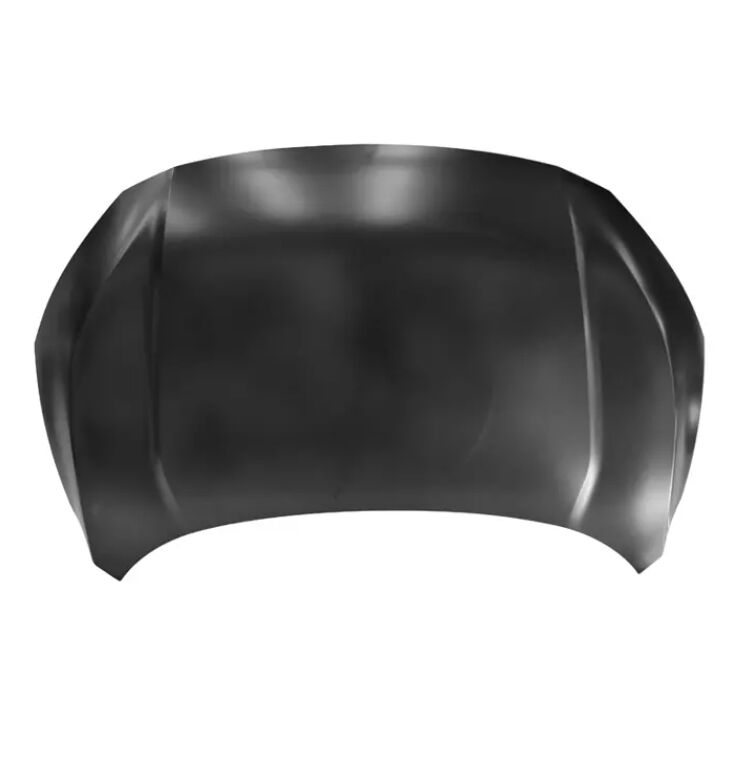kap mobil
Mobil bonnet merupakan tonggak penting dalam desain otomotif, ditandai dengan kompartemen mesin depan yang tertutup oleh panel berengsel yang disebut bonnet. Konfigurasi klasik ini telah menjadi andalan dalam manufaktur mobil selama lebih dari satu abad, menawarkan keunggulan praktis dalam hal aksesibilitas perawatan dan distribusi berat. Desain mobil bonnet umumnya menggunakan mesin yang dipasang memanjang yang menggerakkan roda depan atau belakang, tergantung pada model tertentu. Mobil bonnet modern dilengkapi dengan fitur keselamatan canggih seperti sistem perlindungan pejalan kaki dan zona remuk yang terintegrasi dalam struktur bonnet. Kompartemen mesin dirancang untuk mengoptimalkan efisiensi pendinginan melalui sistem masuk udara yang terencana dan solusi pengelolaan panas. Mobil bonnet masa kini juga dilengkapi sistem pemantauan elektronik canggih yang memberikan informasi secara real-time mengenai kinerja mesin, suhu, serta kebutuhan perawatan. Desain ini memungkinkan berbagai konfigurasi mesin, mulai dari unit empat silinder kompak hingga mesin V8 bertenaga tinggi, sambil tetap mempertahankan akses perawatan yang memadai. Keberagaman ini berkontribusi pada popularitas mobil bonnet di berbagai segmen pasar, mulai dari kendaraan ekonomi hingga mobil mewah.









